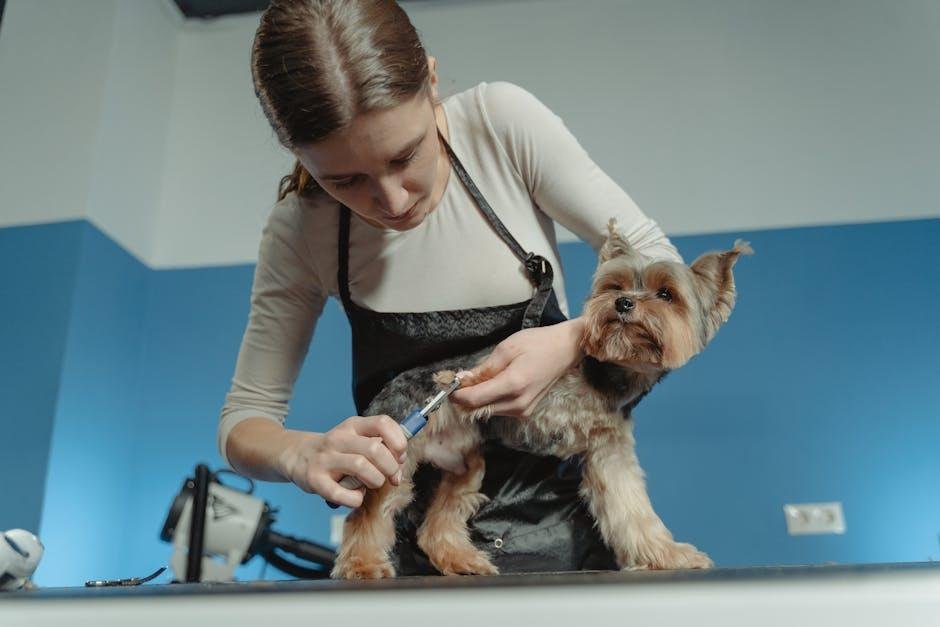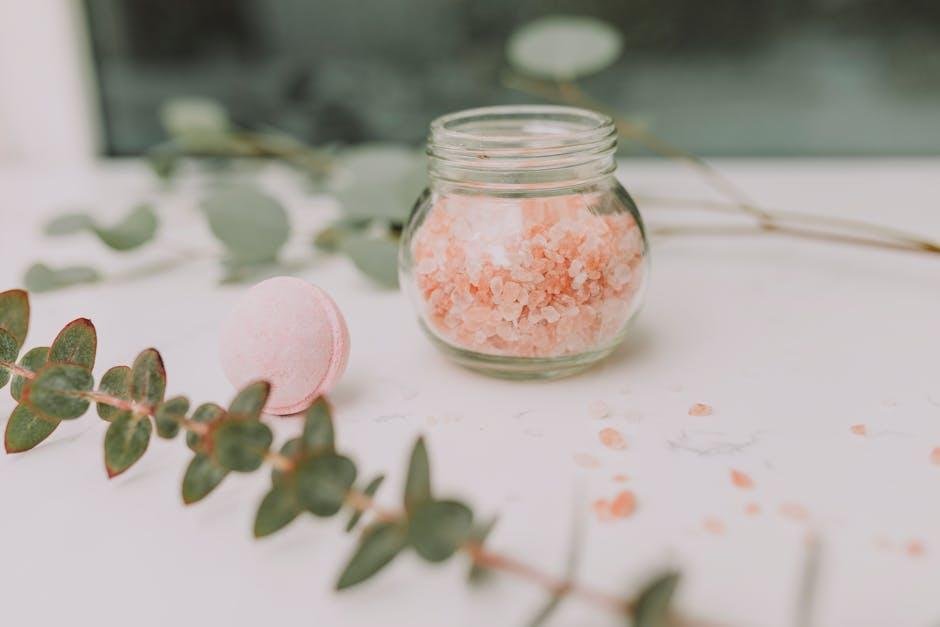Top Mistakes Dog Owners Make During Grooming: A Guide to Keeping Your Canine Clean and Happy
Grooming is an essential part of responsible dog ownership, playing a pivotal role in your furry friend’s health and well-being.Yet, amid the suds and scissors, many dog owners unknowingly fall into common traps that can compromise their efforts. From overzealous fur removal to neglecting nail care, these missteps can lead to stress for both pet and owner and, in certain specific cases, even health issues for the dog. In this article, we’ll explore the top mistakes dog owners often make during grooming sessions and provide insights on how to avoid them. By understanding these pitfalls, you can transform grooming time into a positive and beneficial experience for both you and your beloved companion. So, let’s grab those brushes and clippers and dive into the world of dog grooming, ensuring your pup looks and feels their best!
Understanding Your Dog’s Coat: Common Missteps in Grooming Techniques
One of the most common pitfalls in grooming is selecting the wrong tools for your dog’s coat type. Each dog has a unique coat that requires specific grooming techniques and tools. For instance,using a slicker brush on a dog with a soft,plush coat can lead to damage and discomfort. Rather, consider the following essential points for proper grooming:
- Understand Coat Types: Familiarize yourself with whether your dog has a double coat, single coat, or curly fur.
- Choose the Right Brushes: Use a pin brush for long-haired dogs and a bristle brush for short-haired breeds.
- Frequency matters: Long-haired breeds may require daily grooming, whereas short-haired breeds can often be groomed weekly.
Another frequent error is neglecting regular grooming sessions, leading to matting and tangles that can cause pain and health issues. Regular brushing not only keeps your dog looking neat but also helps you spot skin problems early on.Here’s a quick guide on grooming frequency based on coat type:
| Coat Type | Recommended Grooming Frequency |
|---|---|
| Short Coat | Every week |
| Medium Coat | Every 2-3 weeks |
| Long Coat | Daily |
| Curly Coat | Every 6-8 weeks |

overlooking the Importance of Regular Brushings: A Guide to Natural Shedding Cycles
Many dog owners underestimate the significance of regular brushings, particularly considering how natural shedding cycles play a crucial role in their pet’s coat health. without consistent grooming, pet owners may find themselves grappling with excessive shedding, matting, and skin issues. Regular brushings help to remove dead fur, dirt, and dander, wich not only keeps your home cleaner but also supports your dog’s skin by promoting healthy oil distribution. Ignoring this essential aspect of grooming can lead to an unhappy and uncomfortable pet, paving the way for additional health issues down the line.
Understanding your dog’s shedding cycle is equally significant, as this varies across breeds and can influence how frequently brushing is necessary. Here are a few essential points to consider:
- Seasonal Shedding: Many breeds undergo significant shedding during spring and fall as they transition between their winter and summer coats.
- Daily Grooming: Short-haired breeds may require less frequent grooming than long-haired breeds, but daily brushing can still be beneficial.
- Skin Health: Regular brushings can help detect skin issues early, such as hotspots or parasites, ensuring prompt treatment.
To further assist dog owners in managing shedding, here’s a simple breakdown of common dog breeds and their typical grooming needs:
| Dog Breed | Shedding Frequency | Recommended Brushing |
|---|---|---|
| Labrador Retriever | Heavy seasonal | 2-3 times/week |
| Poodle | Minimal | Weekly |
| German Shepherd | Moderate seasonal | Weekly |
| Beagle | Light | Once a week |
Incorporating regular brushings into your dog’s grooming routine can significantly enhance their well-being, reduce household mess, and extend the life of their coat. by recognizing the need for consistency during these natural shedding cycles, you ensure a happier dog and a healthier habitat.

Choosing the Wrong Tools: Essential Grooming Equipment Every Owner Should Invest In
Choosing the wrong tools can lead to ineffective grooming and discomfort for your dog. It’s essential to equip yourself with the right grooming equipment tailored to your dog’s specific breed,coat type,and personal needs. Investing in quality tools not only enhances the grooming experience but also promotes your dog’s health and well-being. Essential items to consider include:
- High-quality brushes: Depending on your dog’s coat,a slicker brush,rubber curry brush,or a bristle brush may be necessary to remove loose fur and debris.
- Grooming clippers: A good set of dog clippers can help you manage your pet’s fur length without causing stress or discomfort.
- High-grade dog shampoo: Choose a shampoo that suits your dog’s skin type to avoid irritation and achieve a clean, healthy coat.
- Dog nail clippers or grinders: Regular nail care is vital to prevent pain and mobility issues; opt for the method your dog tolerates best.
- Ear cleaning supplies: Keeping ears clean prevents wax buildup and infection, making this a must-have for pet parents.
For a clearer overview of your grooming arsenal, consider the following essential tools along with their purpose:
| Grooming Tool | Purpose |
|---|---|
| Brush | Removes loose fur and tangles |
| Clippers | Trim fur for easier maintenance |
| Shampoo | clears dirt while soothing skin |
| Nail clippers | Maintains nail length and health |
| Ear cleaner | Prevents infection and irritation |

Neglecting Grooming Hygiene: Best Practices for a Safe and Pleasant Experience
Grooming your dog is essential not only for aesthetic purposes but also for their overall health and well-being. However,neglecting basic grooming hygiene practices can lead to a less than pleasant experience for both you and your furry friend. It’s vital to establish a routine that prioritizes cleanliness and comfort. Some best practices include:
- Regular Bathing: Depending on the breed,dogs should be bathed every 4-6 weeks using a suitable dog shampoo.
- brushing Fur: This prevents matting and keeps the coat healthy. Aim for at least once a week.
- Nail Trimming: Keeping nails short not only aids in mobility but also prevents scratching and discomfort.
- Teeth Cleaning: Regular dental care can prevent periodontal disease and bad breath.
Establishing a clean and cozy environment during grooming sessions can significantly improve your dog’s attitude towards grooming. Make sure your grooming space is free from distractions and has all necessary tools within reach. Additionally, consider the dog’s comfort by ensuring:
| Comfort Tip | Description |
|---|---|
| Use a Non-Slip Surface | Prevents slips and falls, ensuring your dog feels secure. |
| maintain a Calm Atmosphere | Soft music or quiet surroundings can reduce anxiety. |
| Offer Treats | Motivates and makes the experience more enjoyable for your dog. |
Wrapping Up
grooming is an essential part of responsible dog ownership, yet it often presents challenges that can lead to common missteps. By being aware of these pitfalls—rushing the process, neglecting the importance of the right tools, or overlooking your dog’s unique needs—you can create a more positive and effective grooming experience for both you and your furry friend. Take the time to educate yourself, cultivate patience, and foster a bond of trust during grooming sessions. Remember, proper grooming isn’t just about looking good; it’s an prospect to strengthen your connection with your dog and ensure their health and happiness. With a little attention and care, you can turn grooming into a rewarding ritual that both you and your pup will look forward to. Embrace the journey, celebrate the progress, and enjoy the results—after all, a well-groomed dog is a happy dog!



